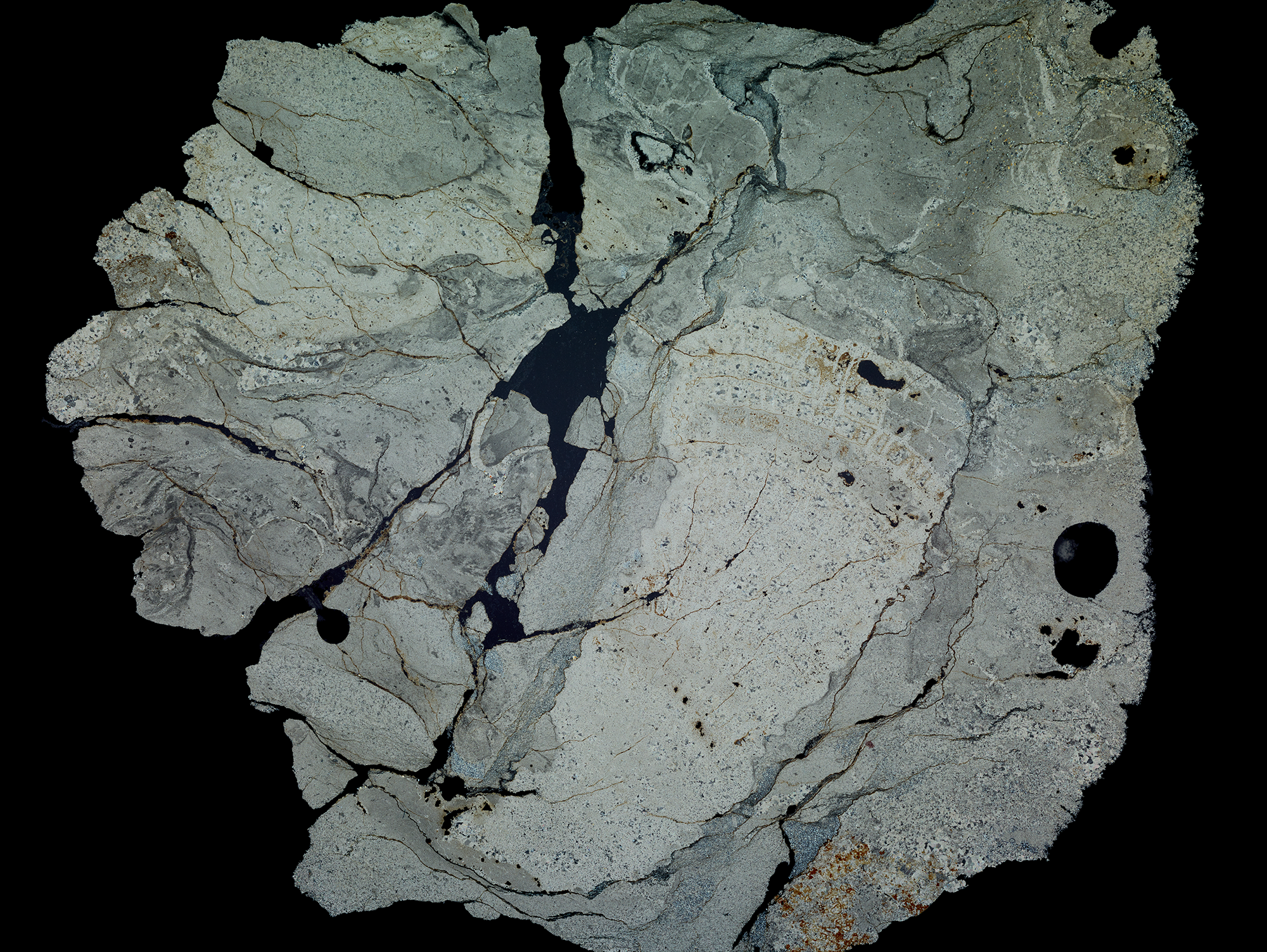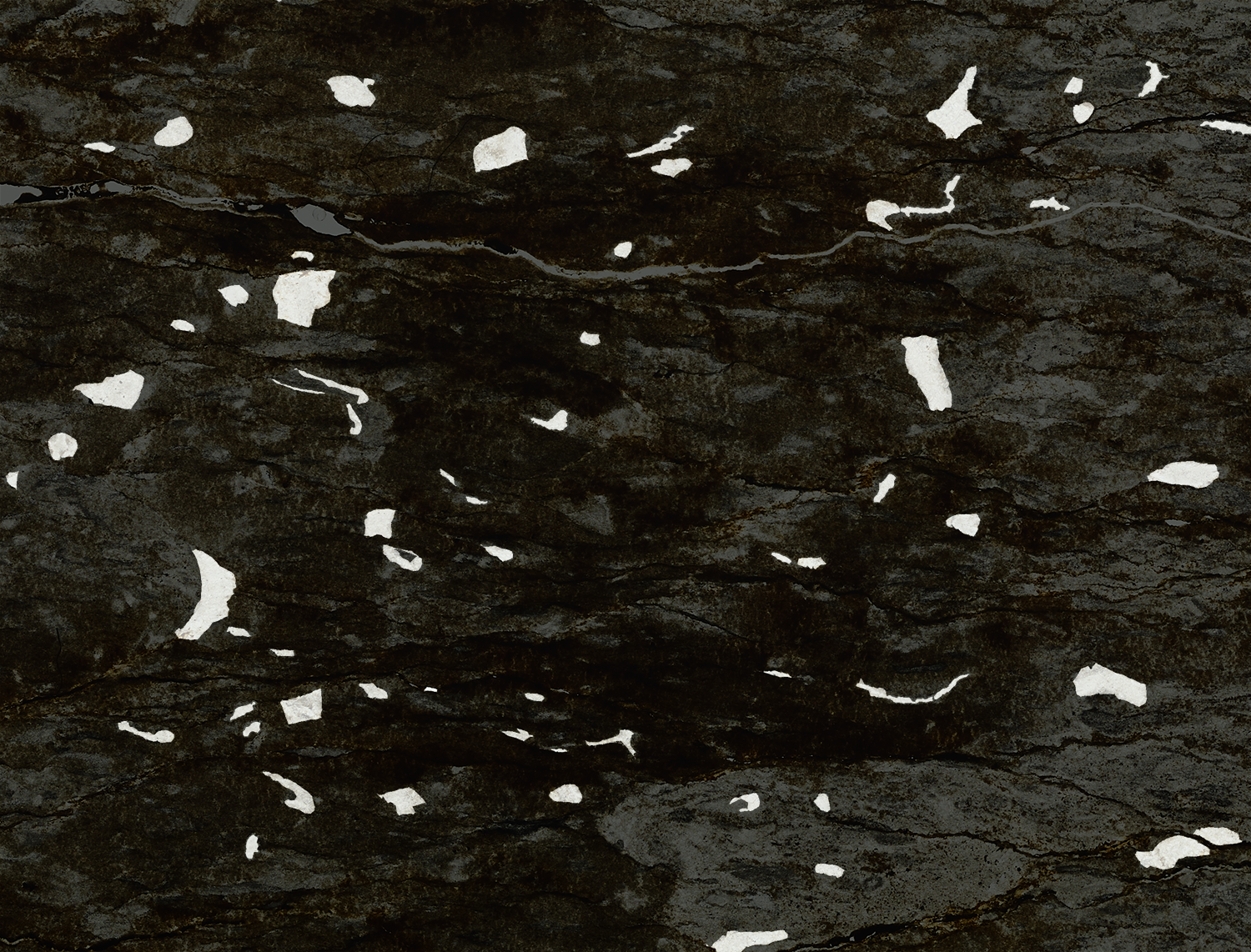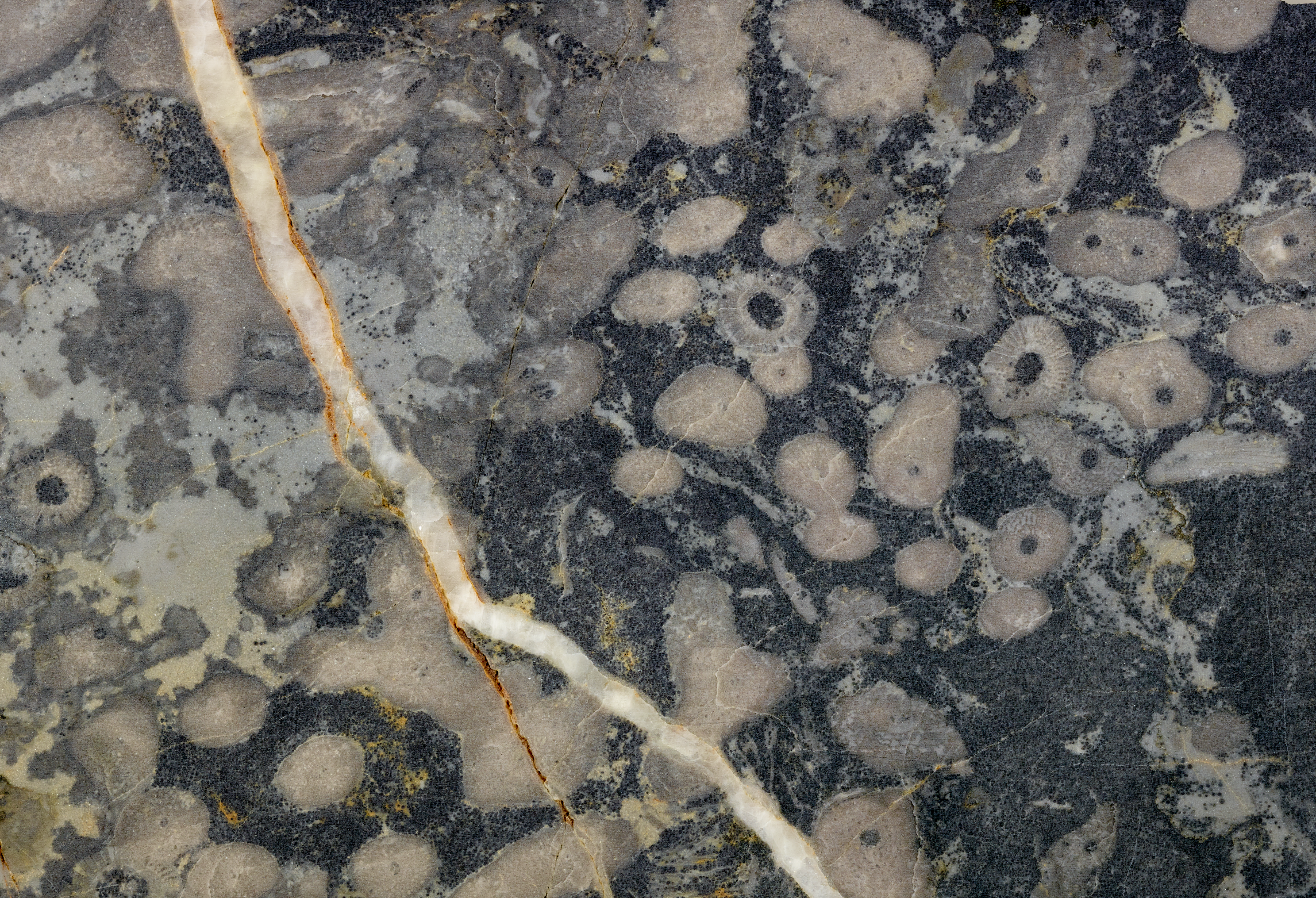
Research:
I am fascinated by reefs; structures built by organisms that are a complete departure from abiotic seafloors. Coral reefs are recognized today as important hot spots of biodiversity in Earth's oceans, but what interests me most is that framework reefs (not always built by corals) have been a nearly constant element of the seafloor for over 500 million years, dating back to the major rise of animal biodiversity in the Cambrian. Thus, it appears as though selection pressures drive shelly animals to build large, robust, and complex mounds on the seafloor that host numerous and diverse ecosystems. This dynamic may then be another unique characteristic of our planet that has furnished the evolution of complex animal life. My research seeks to apply novel analysis tools dive into this dynamic and discover (1) if any major changes in the history of Earth's biosphere were causally related to shifts in the physical structure of reef environments, and (2) why have animal-built reefs almost always been present for over 500 million years of Earth history? What are the selection pressures that lead to the constant construction of these ecologically-important structures? Below you'll find how I'm currently working on those questions:
Reef-builder 3D morphology
I'm primarily approaching my overarching research questions through investigations of Earth's first framework reefs built by the archaecyathan sponges in the Lower Cambrian. Because the rise of these reefs coincides with the major rise of animal biodiversity (the Cambrian radiation), they offer an interesting opportunity to investigate the link between reef building and the development of Earth's metazoan community. My focus is the morphology of archaeocyaths themselves because measurments of branching angles, diameters, inclinations, etc. give insights to the ability of those animals to alter fluid flow, resist waves, and build topographically complex structures. With these conclusions I can understand the type of environment Earth's first reefs offered to early animals, as well as potential advantages gained by archaeocyaths in taking up such a form. See this recent publication for more details. Gathering and analyzing 3D data of fossils contained in rocks is not always easy, I use GIRI and develop my own computational workflows to make measurements on its output image stacks.
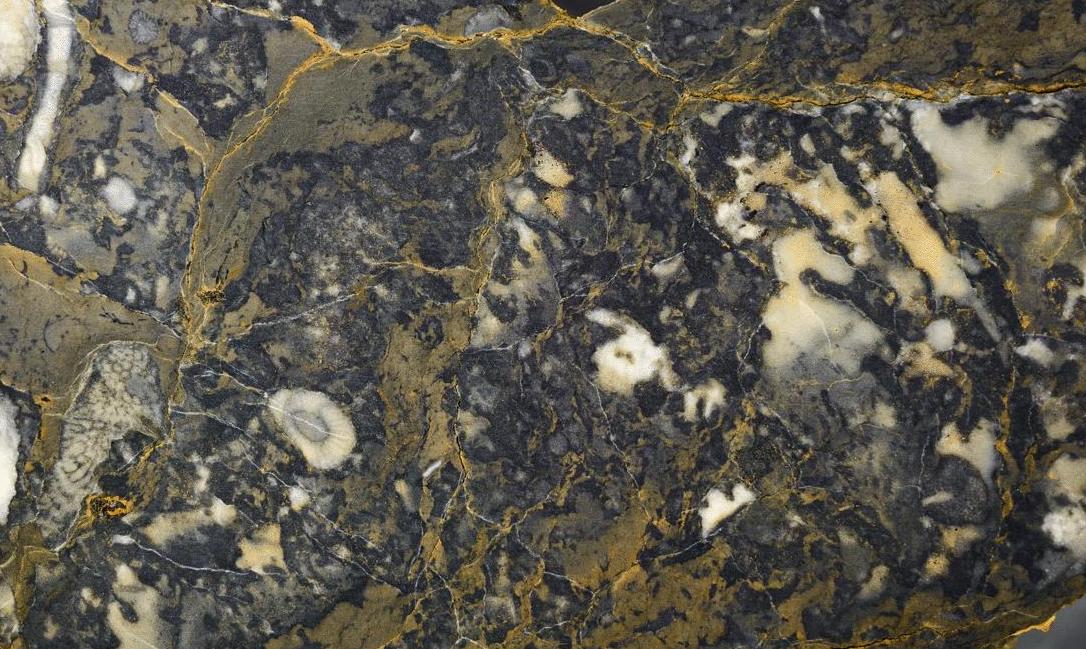
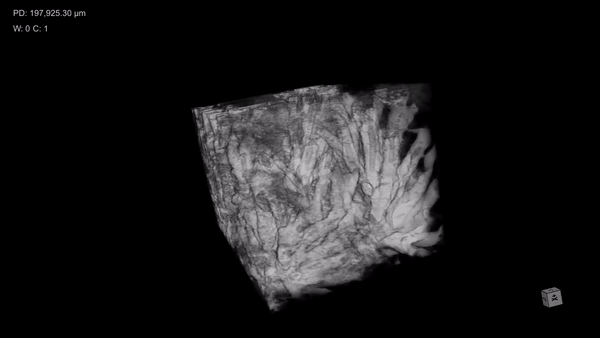
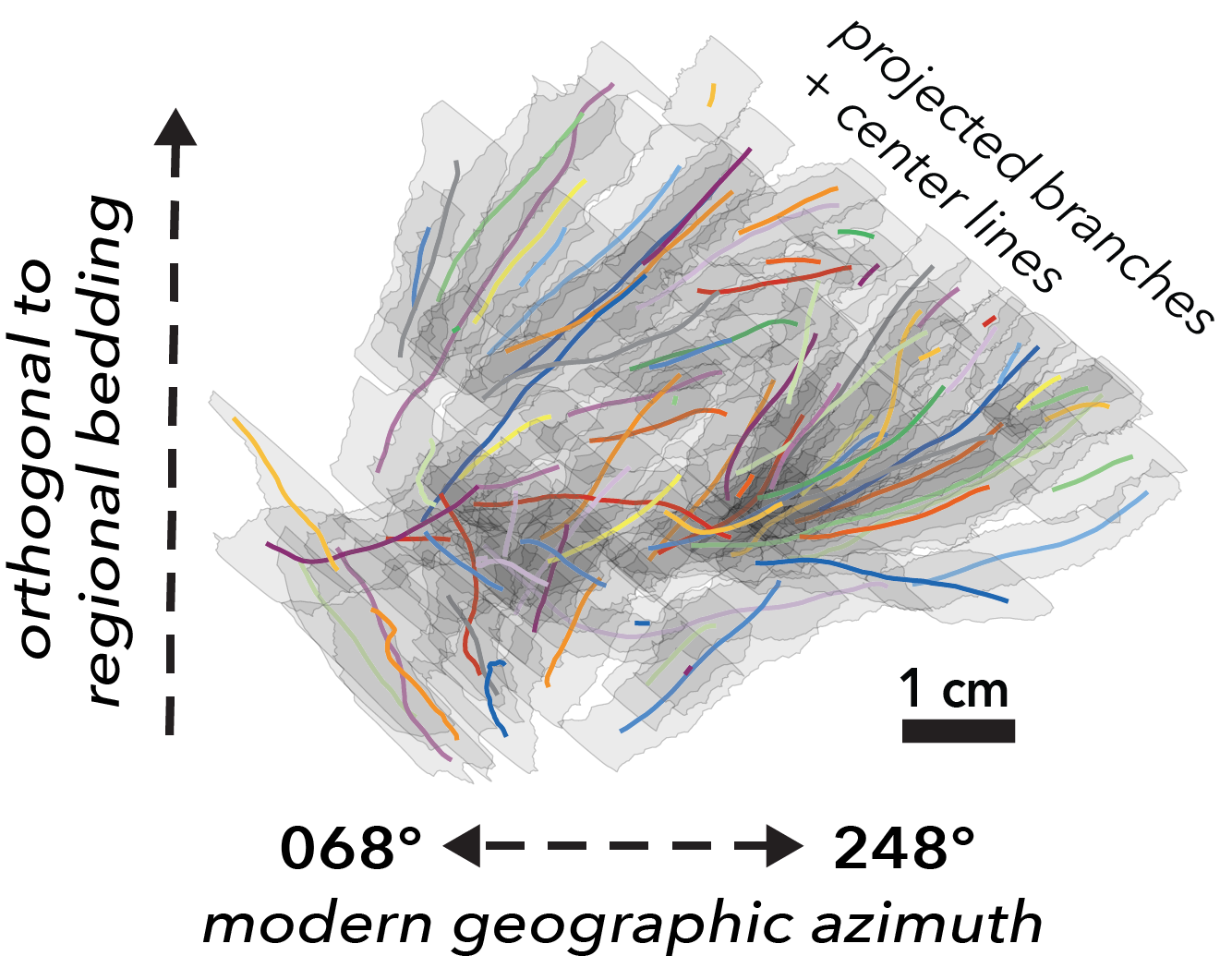
Petrographic image capture and analysis
Recent studies of modern environments have taught us that interpreting environmental parameters like water depth and wave energy from qualitative geological descriptors is not straightforward. Because these shortcomings can hinder my ability to detect fine-scale environmental impacts of ancient reefs, I am working to develop quantitative geophysical measurements based in computer vision. I've begun this work by developing a multispectral imaging system specifically designed for high-resolution, high-contrast photography of polished slabs and thin sections. I now am focused on computational analysis of these images to calibrate measurements of parameters like grain size and modularity to better leverage our knowledge of modern environments to interpret the geologic record.
